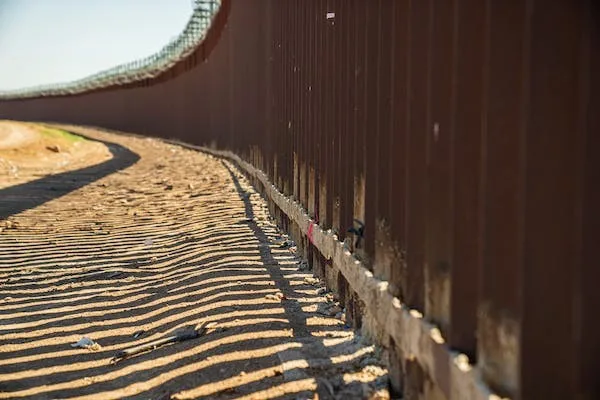How Many Illegal Border Crossings in 2023?
Image source: Pexels.com
If you’re like me, you’re probably curious about what’s going on at the borders of different countries. How many people are trying to cross illegally? What are the reasons behind their actions? And what are the consequences for them and the countries they’re entering?
In this blog post, I’ll try to answer these questions by looking at some statistics and facts about illegal border crossings in 2023. I’ll focus on the U.S. and Canada, two of the most popular destinations for migrants and refugees.
What is an illegal border crossing?
An illegal border crossing is when someone enters a country without authorization or proper documentation. This can include crossing between official ports of entry, overstaying a visa, or using false or stolen documents.
How are illegal border crossings different from asylum claims?
Illegal border crossings are different from asylum claims, which are when someone requests protection from persecution or danger in their home country. Asylum seekers have the right to enter a country and seek asylum under international law, but they still have to follow the rules and procedures of the country they’re applying to.
How many illegal border crossings in 2023?
According to the latest data from U.S. Customs and Border Protection (CBP), there were 144,607 total encounters along the Southwest border in June 2023, a 30% decrease from May 2023. These are the lowest monthly Southwest border encounter numbers since February 2021.
Of these encounters, 99,545 were between ports of entry, meaning they were illegal border crossings. The majority of these were single adults from Mexico, followed by families and unaccompanied children from Central America.
On the other hand, according to the latest data from the Canada Border Services Agency (CBSA), there were 2,530 asylum claims made at ports of entry and between ports of entry in June 2023, a 10% increase from May 2023. These are the highest monthly asylum claim numbers since March 2020.
Of these claims, 1,230 were made between ports of entry, meaning they were illegal border crossings. The majority of these were from Haiti, followed by Nigeria and Colombia.
Why do people cross the border illegally?
There are many reasons why people cross the border illegally. Some of the most common ones are:
- To escape violence, poverty, corruption, or human rights violations in their home countries.
- To reunite with family members or friends who are already in the destination country.
- To seek better opportunities for education, work, health care, or social services.
- To avoid deportation or detention in their home countries or transit countries.
- To avoid long waits or complex processes for legal immigration or asylum.
What are the risks and challenges of illegal border crossings?
Illegal border crossings are not easy or safe. People who cross the border illegally face many risks and challenges, such as:
Physical dangers
They may encounter harsh weather conditions, rough terrain, wild animals, human traffickers, smugglers, or criminal gangs.
Legal consequences
They may face arrest, detention, deportation, fines, or criminal charges.
Social and psychological impacts
They may experience discrimination, stigma, isolation, trauma, or mental health issues.
Lack of access to basic rights and services
They may not have access to health care, education, housing, or legal representation.
What are the solutions for illegal border crossings?
Illegal border crossings are a complex and controversial issue that requires cooperation and coordination among different countries and stakeholders. There is no one-size-fits-all solution for illegal border crossings, but some of the possible approaches are:
Addressing the root causes of migration and displacement
This involves providing development aid, humanitarian assistance, conflict resolution, or human rights protection in the source countries.
Enhancing legal pathways for migration and asylum
This involves reforming visa policies, expanding resettlement programs, facilitating family reunification policies, or granting humanitarian visas in the destination countries.
Improving border security and management
This involves using technology, infrastructure, personnel, or cooperation agreements to monitor and control the transit and destination borders.
Promoting integration and inclusion of migrants and refugees
This involves offering social services, language training, education programs, or anti-discrimination measures to help migrants and refugees adapt and contribute to their new communities.
Conclusion
Illegal border crossings are a reality that affects millions of people around the world. They are driven by various factors and have different impacts on both individuals and societies. They also pose significant challenges for governments and organizations that have to deal with them.
As a global citizen who cares about human dignity and justice, I think we should all try to understand this issue better and support solutions that respect human rights and promote peace and prosperity for all.





0